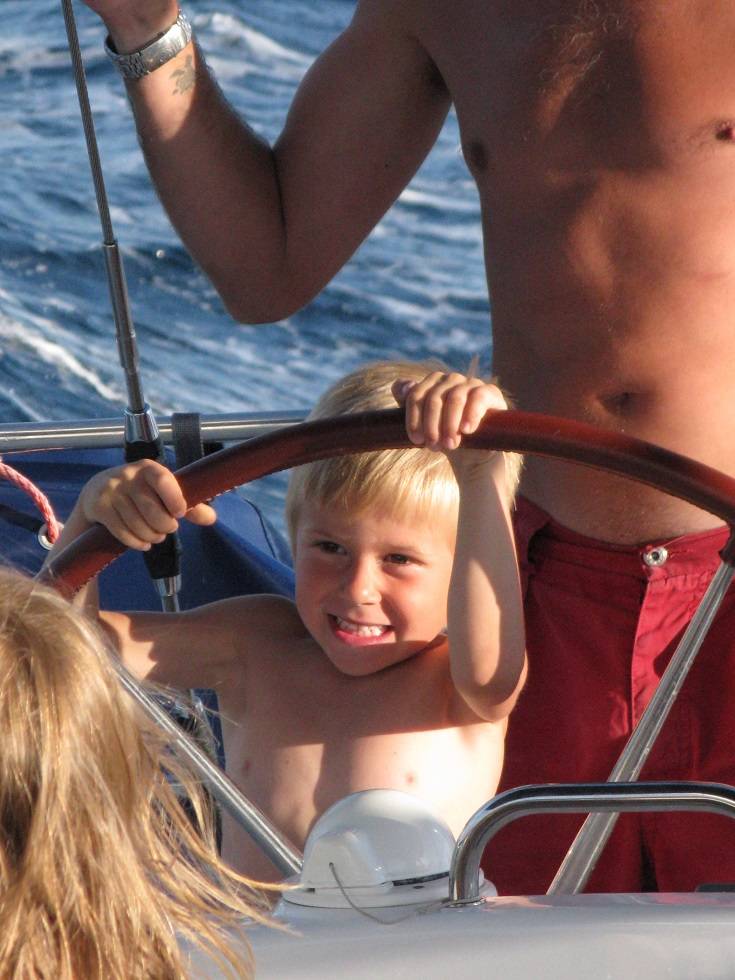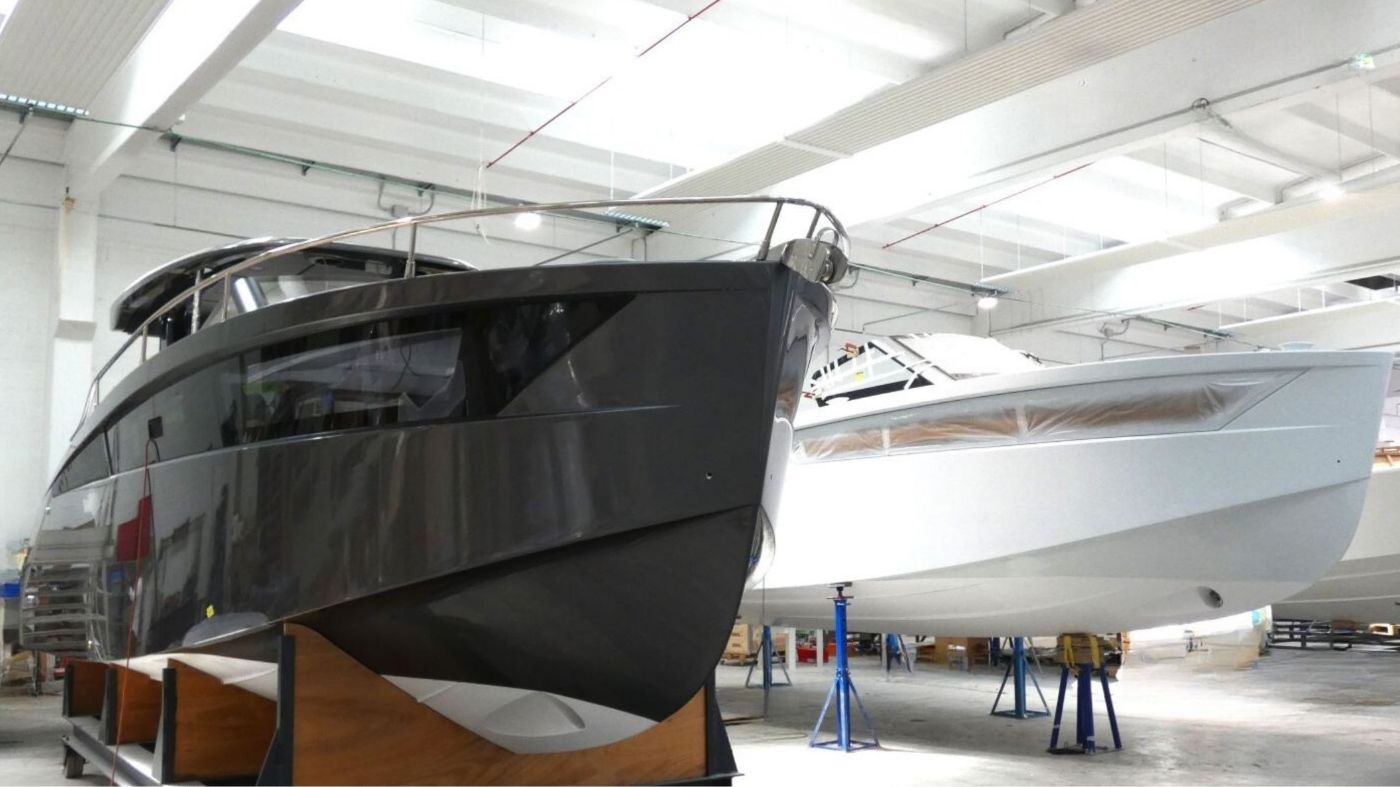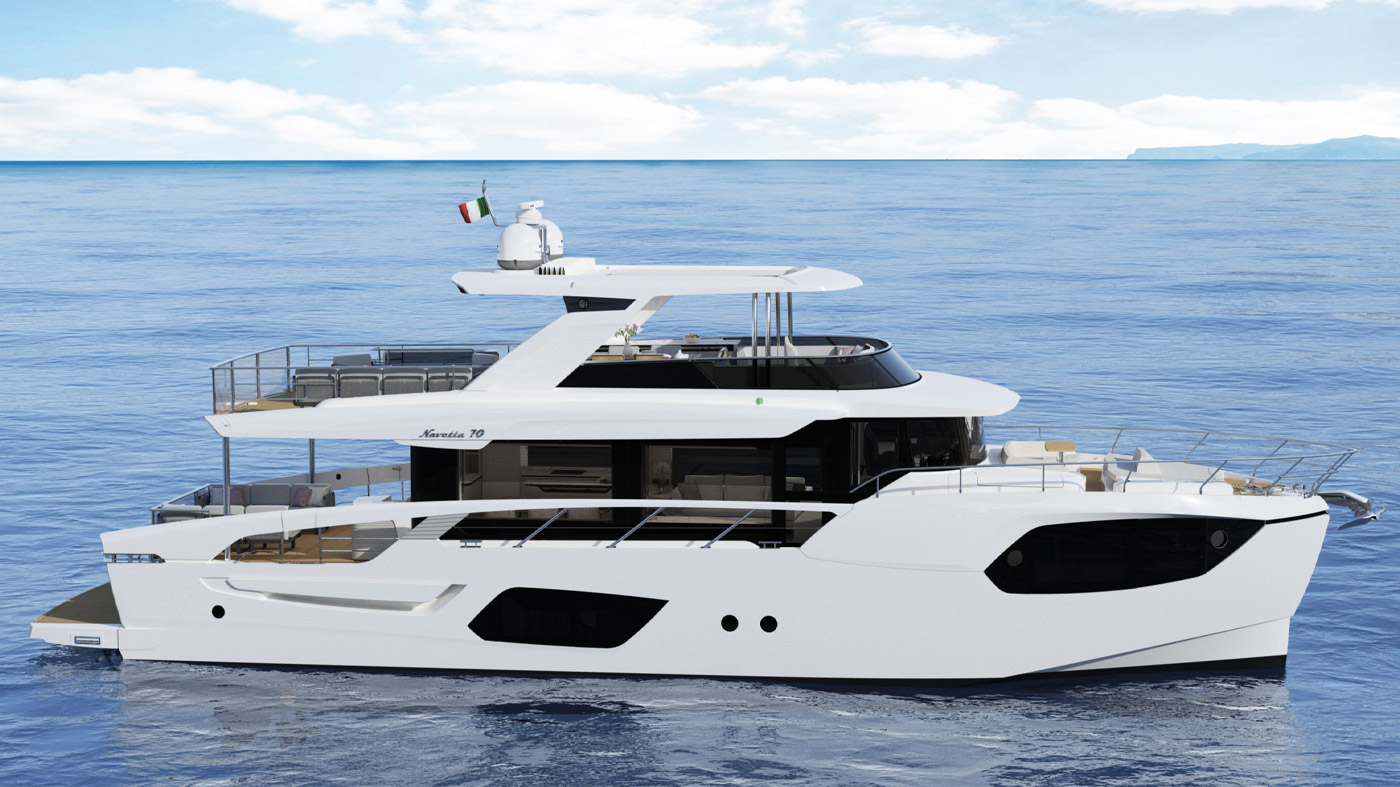Ecco le regole per navigare con i bambini a bordo e approntare loro un ambiente accogliente

Regola numero uno. Conoscere i propri limiti. C’è chi ha fatto il giro del mondo con i propri figli piccoli, magari sfornandone anche uno durante il percorso, ma bisogna evidentemente essere ben esperti (entrambi i genitori) e molto affiatati. Di “giramondisti” con i loro pargoli, in giro per il globo se ne incontrano moltissimi.
Chi è un diportista “normale” deve essere cosciente di cosa è in grado di fare in autonomia: la cosa più stupida è ficcarsi in situazioni più grandi di sé, non abbiate paura ad organizzarvi la crociera con l’aiuto di uno skipper professionista o di un amico più bravo e che, soprattutto, non avrà la testa rivolta, prima di tutto al figlio.

Regola numero tre: coinvolgere sempre i bambini a bordo. Ovviamente sempre in rapporto alle loro conoscenze e a quelle dei genitori/skipper, ma fategli sempre fare qualcosa. Devono riuscire a percepire la barca come un luogo anche loro: possono aiutare a fare le cose più semplici, anche per la normale vita quotidiana a bordo, ma non devono mai essere “ospiti”.
Regola numero quattro: condividere. Dei bambini da soli si annoieranno e diventeranno lagnosi. Allo stesso modo degli adulti senza qualcun altro di “grande” con cui chiacchierare e magari prendere aperitivi o andare a mangiare (o comunque che non trovino il loro modo per divertirsi) si annoiano anche loro, e la vacanza diventa decisamente meno interessante (e magari ci si innervosisce proprio coi figli). Organizzatevi equipaggi intelligenti e, ancora meglio, cercate di organizzarvi piccole flottiglie con altre barche “amiche”.
Regola numero cinque: evitate i porti, il più possibile. A torto si pensa che si debba passare spesso dai marina per far “sgambare” i bambini. In realtà è decisamente meglio trovare rade sicure e tranquille in grandi quantità e organizzarsi la crociera passando solo un paio di volta a settimana dai porti. I ragazzi (finché non diventano adolescenti) vogliono fare i bagni i tuffi, esplorare con maschera e pinne, giocare col tender. Sulla terra ci stanno già tutto l’anno. Bisogna trovare il giusto equilibrio, che dipende da ogni singolo equipaggio, ma vi assicuriamo, in genere sono i grandi a voler andare a terra. In realtà automobili, banchine, negozi sono, durante una crociera felice, solo causa di stress. Lasciamoli in città.
Regola numero sei: vietato correre. Se bisogna lasciargli la massima autonomia possibile, coinvolgerli e non passargli la sensazione che la barca sia una cosa pericolosa, è anche vero che alcune regole base vanno rispettate. La maggior parte degli incidenti con i bambini a bordo sono calci a bitte e gallocce (dita rotte) o scivoloni sui gradini (nasi e sederi doloranti) per andare sottocoperta o per scender in acqua. Quindi niente corse e asciugare sempre bene i posti a rischio.
Numero sette: indossare il giubbotto di salvataggio quando si è in navigazione. Regola da crucchi? Da nordici fissati con le regole e la sicurezza? No, regola di buon senso, anche perché i giubbotti autogonfiabili non sono poi così ingombranti.












